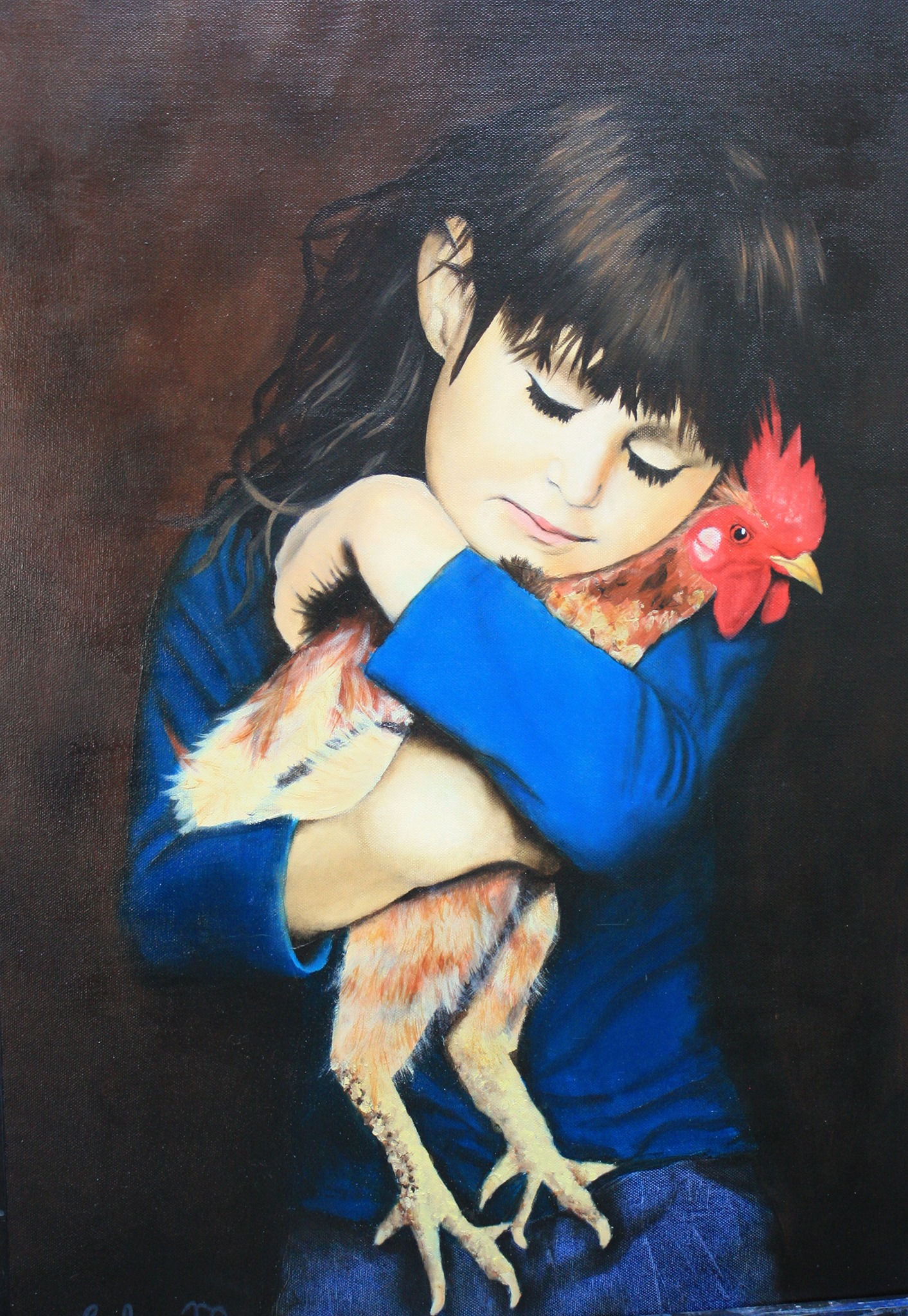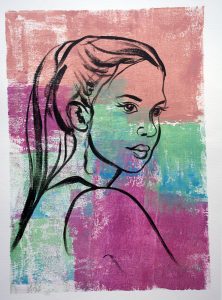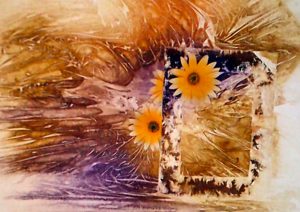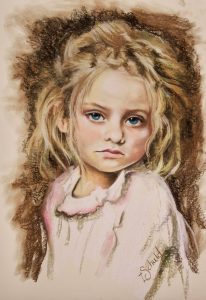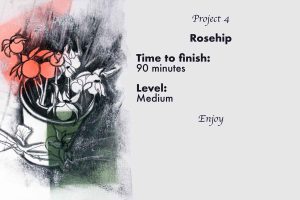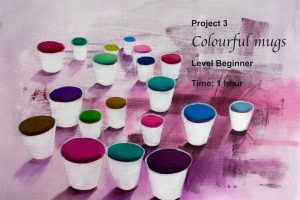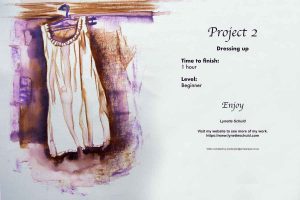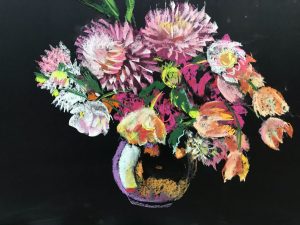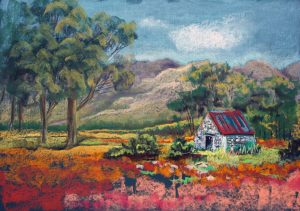Having said that, one can now consider the fact that the performance or presentation of any art work requires certain “measureables” or yardsticks that refer to the skills level of the performer and his/her knowledge and understanding pertaining to the ars form and particular piece. Within the unique makeup of each individual performer or artist, these elements work together in producing a result that can be rated in general terms as:
- Excellent – above the typical / ideal level on most yardsticks
- Good – well above the minimum level on most yardsticks
- Acceptable – just above the minimum level on most yardsticks
- Below Expectation – below the minimum level on most yardsticks
The critical challenge is to define an ideal or typical level of performance in the arts (in this context not to be confused with an idealistic / supreme / ultimate level). For this purpose the NEA considers this ideal or typical level to be when all the basic requirements pertaining to the objective measurables / yardsticks of the art form are sufficiently met and executed with ease. This stage lies well above the minimum level and goes hand in hand with a progression from “conscious awareness” to “unconscious unawareness”. The preceding level of “just above the minimum level” implies that the candidate is in the process of gaining control, although this might not always be well maintained. In real terms the ideal level is probably the highest level that the majority of all participants might be able to achieve.
Given this frame of reference, the NEA system of awards and certificates can now be defined as follows:
DIPLOMAS are awarded for excellent performances where the participants have performed.
A special Junior Diploma will be awarded to learners in Foundation Phase (Gr. 0 -3) to acknowledge the special requirements when working with small children.
- GOLD is awarded for a good performance where the participant has performed well above the minimum level on most yardsticks – this is to say that the skills level, knowledge & understanding pertaining to the yardsticks / measurables are well above the minimum level. A good performance is not necessarily perfect in all aspects, but generally displays a high level of skills, knowledge & understanding pertaining to most of the yardsticks / measurables, as well as some initiative/creativity.
- SILVER is awarded for a performance that one can described as acceptable / satisfactory / adequate. The participant has performed just above the minimum level on most yardsticks – this is to say that the skills level, knowledge & understanding pertaining to the yardsticks /measurables are just above the minimum level. Although the basic skills, knowledge and understanding are present; the candidate has not acquired full control and still has to work on one or more of these aspects.
- BRONZE is awarded for a performance that is below expectation and indicates an performance below the minimum level on more than one yardstick. Although the candidate has developed some skills, knowledge and understanding relevant to the genre, it is still below the minimum level with regard to more than one aspect.
ADDITIONAL REGIONAL AWARDS
Over and above the certificates that will be awarded at each adjudication session according to the criteria outlined above, the NEA will also give special awards to participants that delivered outstanding performances during these events. These awards will be formally presented at the NEA Showcase Concerts in the different regions. In order to identify the recipients of these awards, the NEA will consider the marks (%) as allocated by the adjudicators. (Although no % marks are recorded on the feedback to participants, adjudicators are required to record these marks for use by the NEA office only.) The NEA reserves the right to change the minimum requirements of any award without notification. Additional awards include the following:
ITEM WINNER CERTIFICATES
- A participant with the highest mark (%) in any given item in a region will receive an Item winner certificate.
- Should a participant be the winner in more than one item, all these achievements will be listed on one certificate, although the implication is then that each event that he won, warrants a separate award.
- Minimum requirement: Achievement on diploma level (90% and higher).
- When there were many entries and adjudication of any given item was done over more than one session, all the entries for that item are grouped together in order to determine the winning candidate (i.e. participant with the highest mark).
- Achievement on this level can be compared to achievement on a district level.
MEDAL AWARDS
- A participant with the highest mark (%) in any given category in a region will receive a medal and Category winner certificate.
- Broadly defined a category is a combination of similar items, often grouped into phases, or in a junior or senior.
- Should a participant be the winner in more than one category, all these achievements will be listed on one certificate, although the implication is then that each category that he won, warrants a separate award. She will thus receive a medal for each category that she won.
- Minimum requirement: Achievement on diploma level (with a percentage of 91% and higher).
- Should more than one participant share the top position, a medal will be awarded to each of them.
- Each participant in a winning group item with 5 and less participants will receive a medal.
- Only one medal will be awarded to larger groups (16 and more participants).
- When there were many entries and adjudication of any given item was done over more than one session, all the entries for that item are grouped together in order to determine the winning candidate in the category (i.e. participant with the highest mark).
- In the event of a participant obtaining the highest mark in any given item (item winner), as well as the highest mark in a grouping of similar items (medal award), both awards will be printed on ONE certificate, stating that he was also the category winner as well as the item winner in the listed event.
- Achievement on this level can be compared to achievement on a district level.
SPECIAL AWARDS
NEA Ambassador Award
This is awarded to individual participants and groups in the annual Eisteddfod based on the highest marks obtained in any given item. This award can be distinguished by the exclusive use of a special Ambassador Award seal. For the purpose of this award all the results in all regions are considered. The number of NEA Ambassador Awards may differ from year to year, but will be awarded to a maximum of 3% of the total number of individual participants and groups in the given year. Achievement on this level can therefore be compared to achievement on national level in a specific item.
Top 5/10 Junior and Senior Award: Regional
The top 5 to 10 participants (junior and senior) in each region will be identified and ranked according to their total achievement (excluding group work) in all sections. This mark is calculated by allocating a numerical value to each level of achievement as awarded by the adjudicators for every item (excluding group work) a candidate has participated in, as well for any subsequent award (e.g. item winner, category winner, etc.) according to the following scale: Certificate (1 mark), Silver (5 marks), Gold (10 marks), Diploma (30 marks), Item winner (10 marks), Category winner (30 marks) and Ambassador Award (90 marks). The final results are calculated by the computer based on these values. Since 2012 only the highest result in any item is considered for the calculation of the total, e.g. when a participant obtained 2 diplomas in Narrative Poetry, Gr. 5, only the event with the highest mark (e.g. 93% compared to 90%) will be considered. Based on this formula a participant with e.g. 3 diplomas in Unprepared Reading Grade 4 will receive 30 marks towards his total, compared to 3 x 30 in the past. Achievement on this level can be compared to achievement on a district level.
PRESTIGE AWARDS
Overall Best Individual Achievement: Regional
In each region a framed certificate with a Prestige Award seal is awarded to a participant with the overall best achievement in a genre. These awards can be awarded to Junior and Senior participants in the following genres:
- Speech and Drama
- Dance
- Classical Music (vocal & instrumental)
- Contemporary Music (vocal & instrumental)
- Crossover Music (vocal & instrumental)
- Creative work
- Learners with different abilities
The final mark is obtained by calculating the total value of the participant’s achievements in the given category (excluding all group items), as well for any subsequent awards according to the following scale: Certificate (1 mark), Silver (5 marks), Gold (10 marks), Diploma (30 marks), Item winner (10 marks), Category winner (30 marks) and Ambassador Award (90 marks). The final results are calculated by the computer based on these values.
Since 2012 only the highest result in any item is considered for the calculation of the total, e.g. when a participant obtained 2 diplomas in Narrative Poetry, Gr. 5, only the event with the highest mark (e.g. 93% compared to 90%) will be considered. Based on this formula a participant with e.g. 3 diplomas in Unprepared Reading Grade 4 will receive 30 marks towards his total, compares to 3 x 30 in the past. Achievement on this level can be compared to achievement on a district level.
Overall Best Regional Achievement (Schools and Institutions)
The Prestige Awards for overall best achievement (individual/schools/institutions) in each region are determined by the sum total of the results achieved by all participants entered by any given institution. (The sum total is calculated by allocating a numerical value to each level of achievement as awarded by the adjudicators to every participant in the institution according to the following scale: Certificate (1 mark), Silver (5 marks), Gold (10 marks), diploma (30 marks), Item winner (10 marks), Category winner (30 marks) and Ambassador Award (90 marks). The final results are calculated by the computer based on these values. Contrary to individual achievement, all achievements of participants will be considered, irrespective of the number of entries by the same candidate in the same item.
These awards can be awarded to
- Primary schools
- Secondary Schools
- Pre-Primary Schools
- Schools for learners with different abilities
- Studios (music, dance, drama, etc.)
Overall Best Performing School in NEA activities (National)
The school that achieved the highest total in the annual eisteddfod (as determined by the sum total of the results achieved by participants entered by that school) will receive a special award as the Best Performing School. This will be awarded at the final event of the annual NEA Awards in the following year.
NEA YOUNG PERFORMER AWARDS COMPETITION
The NEA Young Performer Awards is a prestigious competition comprising of four rounds where the best of the best are being adjudicated by a panel of adjudicators for each arts discipline. It is presented annually during March – May and involves a process of elimination (First Round, Quarter Final, Semi-Final and Final Round) where adjudicators expect from each participant an outstanding and true performance that displays originality (“spark”). The expected level of skills, knowledge and understanding relevant to the performance is exceptionally high (being “cute” is not enough!). At the end of each round a limited number of candidates are selected for participation in the next round.
All recipients of diplomas or similar awards (90% and higher) in the NEA during the preceding year may enter for the NEA Young Performer Awards competition in the categories for which they have received diplomas or similar awards (excluding all areas of unprepared, improvisational or creative work). Top achievers in regions where the NEA Eisteddfod platform is currently not available may also register and enter subject to the payment of the applicable entry fees. NEA participants may also enter events for which diplomas was awarded in any other festival or event.
Participation in the First Round does not warrant any additional award as the participant already qualified for participation though his / her achievement in the previous year.) The NEA will however give awards to participants in all subsequent rounds. Certificates will be awarded to the top achievers in the various phases/grades of the various categories during the elimination rounds.
Achievement on this level can be compared to achievement on a provincial and national level as follows:
- Quarter Final: Participation on provincial level.
- Semi Final: Participation on national level (the junior and senior winners in music dance and drama are announced at this round; they are then invited to participate as winners in their genres in the final round).
- Final: National winner.


